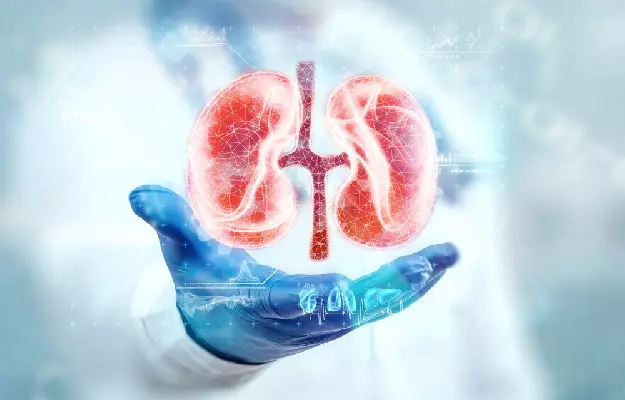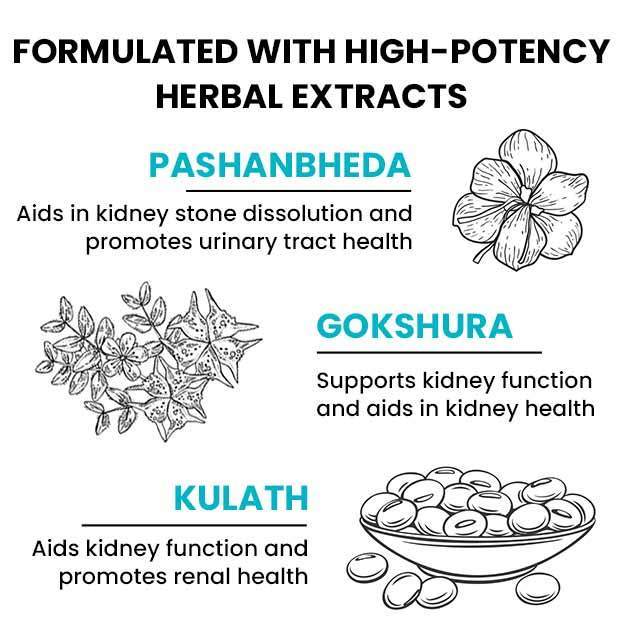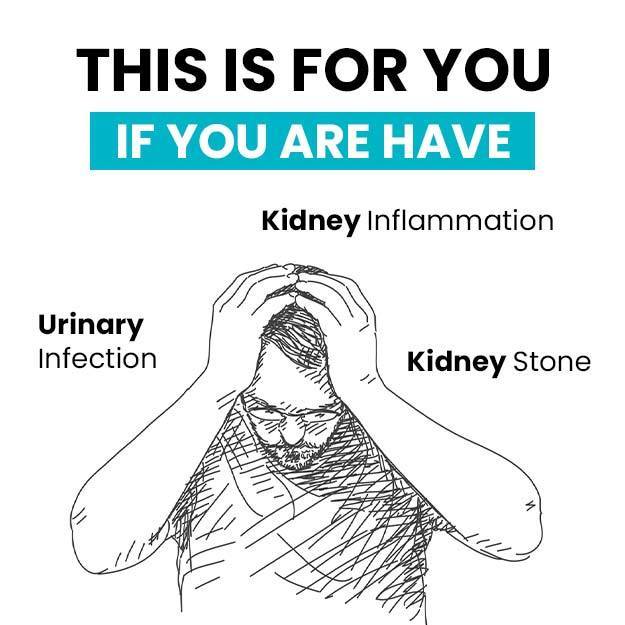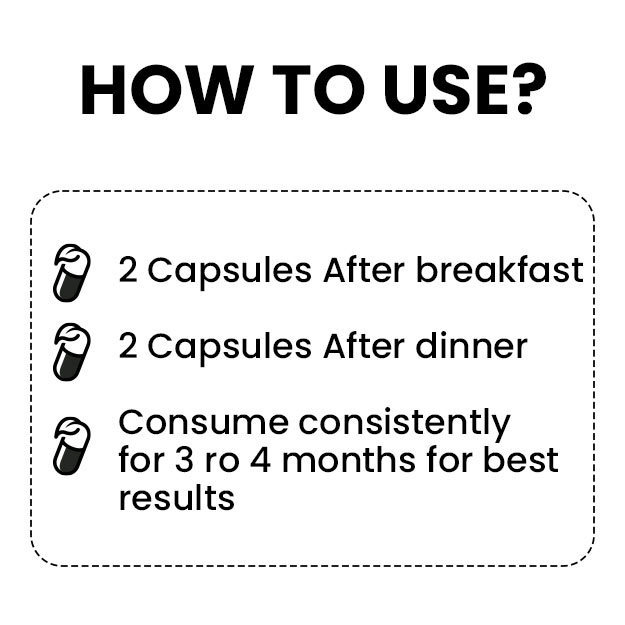Kidneys are two bean-shaped organs in the body that control vital functions in the body, such as: removing wastes from the blood, balancing bodily fluids, and making urine. Each kidney usually has a vein that carries blood filtered by the kidney to different places in the body. These are called renal veins, one on the right and one on the left. In Nutcracker Syndrome, the vein coming from the left kidney shrinks and blood is not able to flow normally into it. Instead, blood flows backward into other veins and they become swollen. This can also increase pressure on the kidneys and cause blood in the urine or pain. There are two main types of Nutcracker syndrome: anterior and posterior. It also has many subtypes.
- In anterior nutcracker syndrome, the left renal vein narrows between the aorta and another abdominal artery. This is the most common type of Nutcracker syndrome.
- In posterior nutcracker syndrome, the left renal vein is usually compressed between the aorta and the spine.
It is called nutcracker syndrome because compression of the renal vein resembles a nutcracker cracking a nut. Symptoms include blood in the urine and abdominal pain. Surgery and invasive procedures can relieve pressure on the renal vein.
(Read more: Kidney Diseases)



























